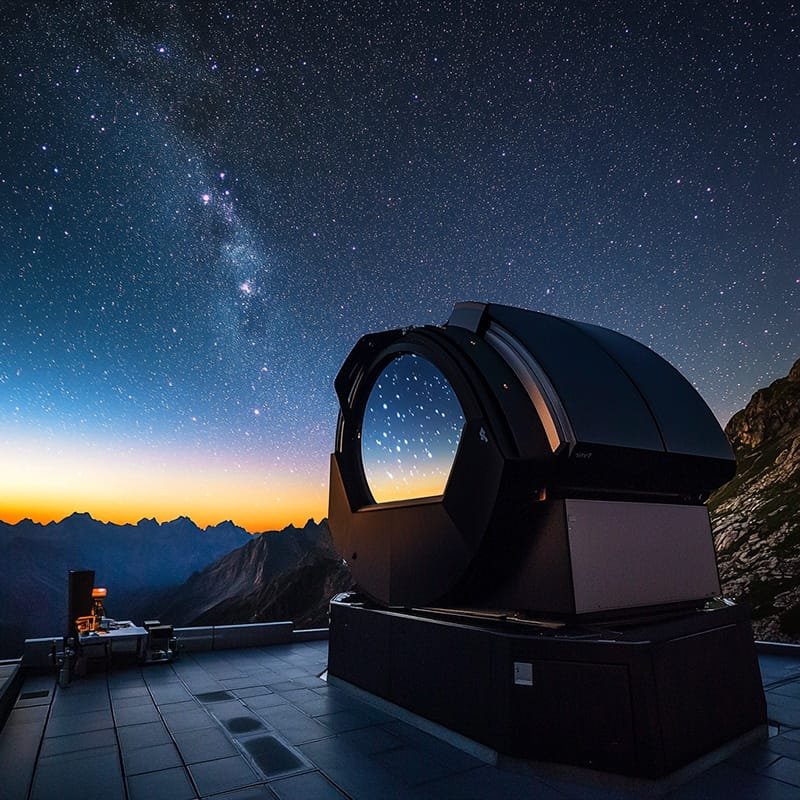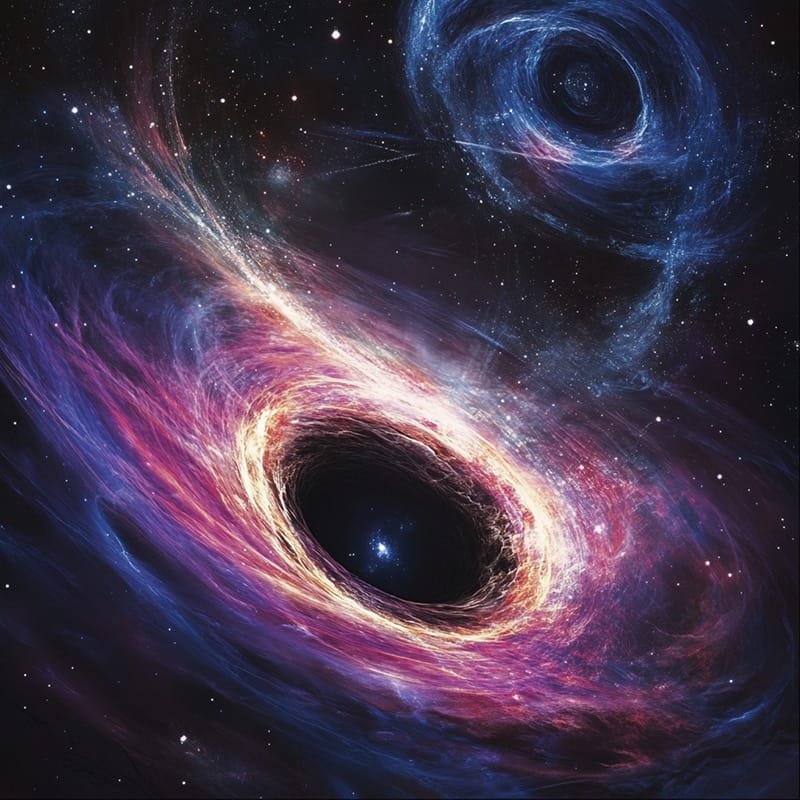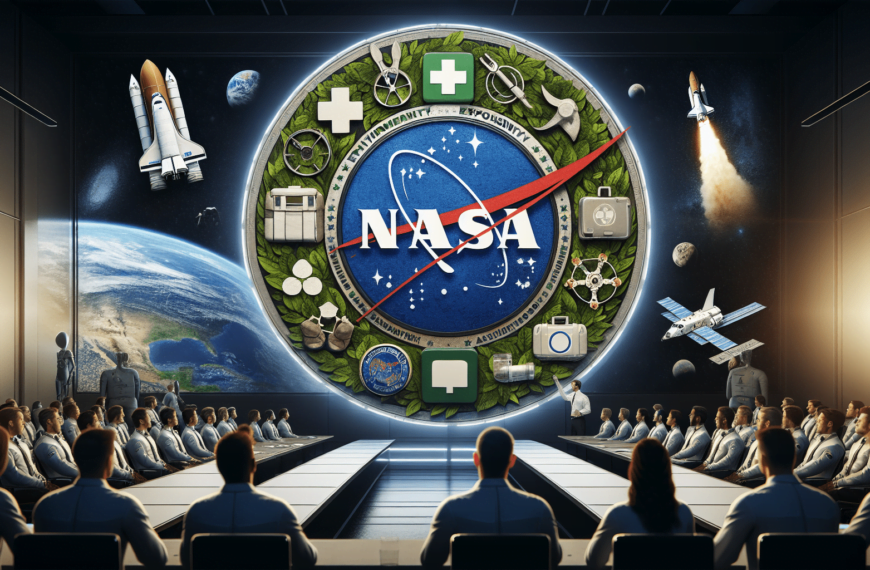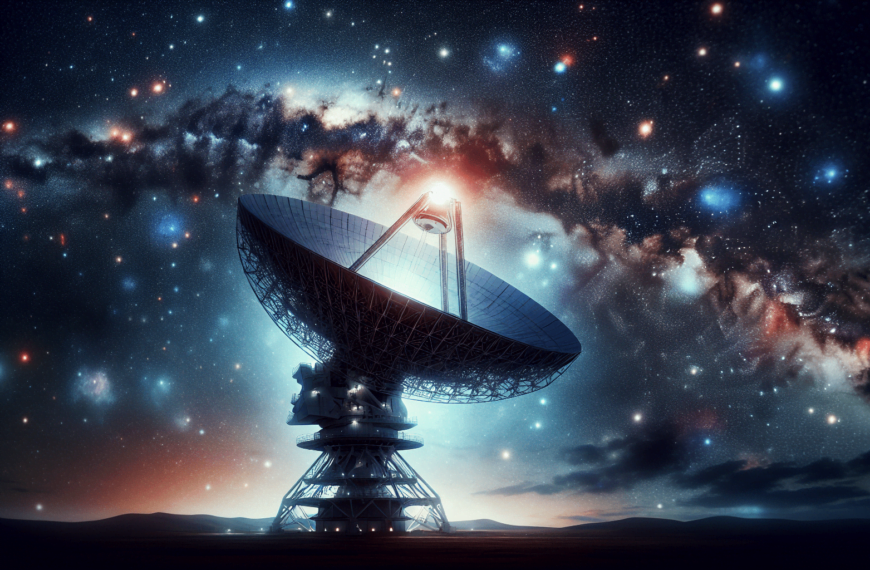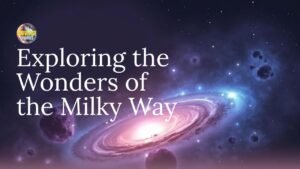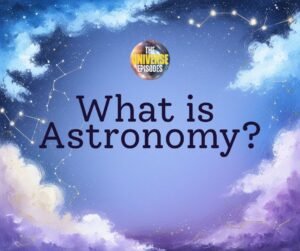Euclid Telescope explores dark matter and energy, mapping the universe to uncover cosmic mysteries and redefine our cosmic understanding.
Key Takeaways 📝
- The Euclid Telescope is set to redefine our understanding of the universe by mapping dark matter and dark energy, which together account for about 95% of its composition.
- Recent observations indicate that dark matter plays a crucial role in galaxy formation, with Euclid’s data revealing new insights into its distribution across the cosmos.
- Some experts propose that the nature of dark energy could challenge existing theories of physics, suggesting the potential for groundbreaking discoveries that may alter our fundamental understanding of the universe.
- By utilizing advanced techniques like gravitational lensing, Euclid not only uncovers cosmic mysteries but also provides actionable insights for future astronomical research and technology development.
- The core message emphasizes the vital role of global collaboration and innovative scientific methods, as Euclid’s mission highlights our quest to illuminate the universe’s hidden structures and their implications for life on Earth.
In a universe that’s as vast as it is mysterious, the term “dark side” often conjures images of the unseen and the enigmatic. From the dark side of the moon to the elusive nature of dark matter and dark energy, the cosmos holds secrets that are as captivating as they are confounding. Today, we embark on a journey to explore how the Euclid Telescope is shedding light on these cosmic mysteries, unveiling the dark side of our universe one star at a time.
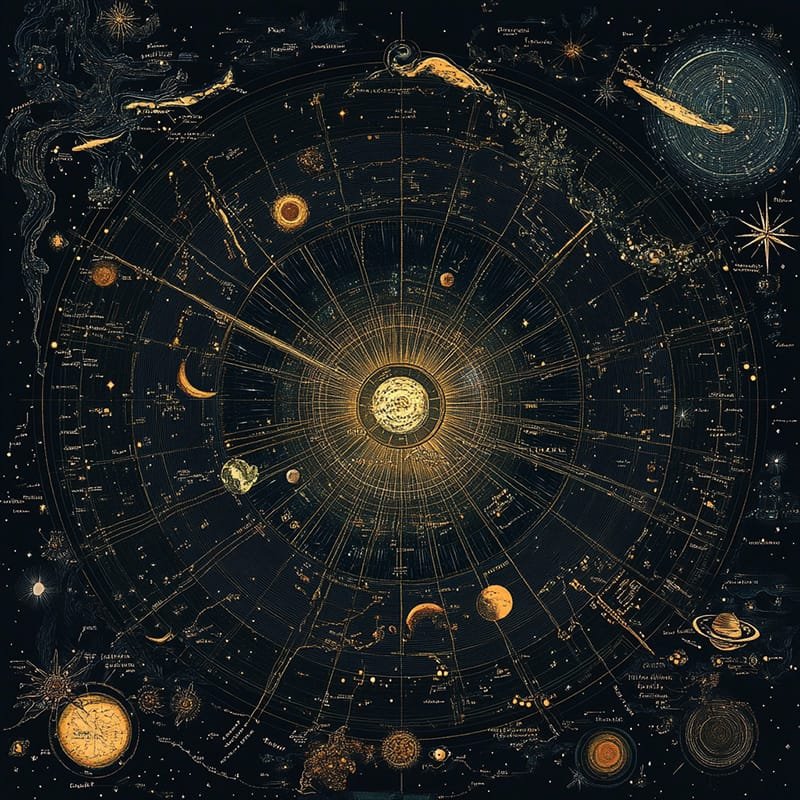
Introduction: The Cosmic Enigma
The universe is a vast tapestry woven with stars, galaxies, and cosmic phenomena that captivate our imaginations. Yet, as much as we know about the cosmos, much remains hidden in the shadows. This mysterious realm—often referred to as the “dark side”—is where the Euclid Telescope is setting its sights, aiming to unravel the secrets of dark matter and dark energy. As we dive into the depths of space, let’s explore how this mission could redefine our understanding of the universe.
What is the Euclid Telescope?
The Euclid Telescope, named after the ancient Greek mathematician, is a space-based observatory designed to map the geometry of the dark universe. It seeks to answer lingering questions about the universe’s expansion and the role of dark matter and dark energy.
2.1 The Mission’s Genesis
Conceived by the European Space Agency (ESA), the Euclid mission was launched to fill a significant gap in our cosmic knowledge. The idea was to create a comprehensive three-dimensional map of the universe, charting the distribution of galaxies and dark matter over a significant portion of the sky.
2.2 Key Objectives
Euclid’s primary objectives are to understand the nature of dark energy and dark matter, which together make up about 95% of the universe. By mapping billions of galaxies and their movements, Euclid aims to shed light on these dark components.
The Dark Side of the Universe
The universe is not just about what we can see. In fact, most of it is made up of dark matter and dark energy, which are invisible and yet essential to the cosmos.
3.1 Understanding Dark Matter
Dark matter is like the universe’s scaffolding. It’s invisible, but it exerts gravitational forces that affect the motion of galaxies. Without it, galaxies would fly apart. Despite its importance, we still know very little about what dark matter actually is.
3.2 Dark Energy: The Universe’s Accelerant
If dark matter is the structure, dark energy is the engine driving the universe’s accelerated expansion. Discovered in the late 20th century, dark energy remains one of the most profound mysteries in modern cosmology.
Euclid’s Journey: Mapping the Invisible
4.1 How Euclid Works
Euclid uses a combination of visible and near-infrared instruments to capture stunning images of the sky. By measuring how light is bent around galaxies—a phenomenon known as gravitational lensing—Euclid can infer the presence of dark matter.
4.2 Technologies on Board
Equipped with a 1.2-meter telescope and two scientific instruments, Euclid is a marvel of modern engineering. Its onboard cameras and spectrometers are designed to capture high-resolution images and spectra of galaxies billions of light-years away.
Who is Behind the Euclid Mission?
The Euclid mission is a collaborative effort involving over 1,000 scientists from across Europe, the U.S., and other nations. This international team brings together expertise in astrophysics, engineering, and data analysis to tackle one of science’s greatest challenges.
When Did Euclid Begin its Mission?
Euclid was launched in 2023, marking the beginning of a six-year mission that promises to transform our understanding of the universe’s evolution.
Where is Euclid Observing?
Stationed at the L2 Lagrange point, Euclid has a stable vantage point to observe the universe without the interference of Earth’s atmosphere. This location allows it to continuously map the cosmos with unprecedented clarity.
Why the Focus on the Dark Side?
The dark side of the universe holds the keys to understanding its fate. By studying dark matter and dark energy, scientists hope to answer fundamental questions about how the universe began and how it might end.

The First Piece of the Cosmic Puzzle
9.1 Recent Discoveries
Recent data from Euclid has already begun to reveal tantalizing insights into the distribution of dark matter in the cosmos. These findings are helping scientists refine their models of the universe’s structure and evolution.
9.2 Implications for Science
Euclid’s discoveries could revolutionize our understanding of fundamental physics, potentially leading to new theories that explain the nature of dark matter and dark energy.
Challenges in Exploring the Dark Side
Exploring the dark side is not without its challenges. From the complexity of data analysis to the sheer scale of the universe, scientists face numerous hurdles in their quest to illuminate the cosmos’s hidden depths.
Personal Insights: Gazing into the Abyss
As someone deeply passionate about the stars, the Euclid mission feels like peering into the abyss with newfound clarity. It’s like holding a flashlight in a dark room, slowly revealing the contours of a space you always knew was there but could never fully see.
The Role of Global Collaboration
The success of the Euclid mission underscores the importance of global collaboration in scientific research. By pooling resources and expertise, scientists from around the world are better equipped to tackle the universe’s most profound mysteries.
How Euclid Impacts Our Understanding of Life After Warming
In a world grappling with climate change, understanding cosmic principles like dark energy might seem far removed from our earthly concerns. Yet, insights from missions like Euclid can inspire innovative thinking and solutions for challenges here at home, influencing how we conceptualize life after warming.
Future Prospects: What’s Next for Euclid?
As Euclid continues its mission, the scientific community eagerly anticipates further revelations. The data collected promises to yield insights for decades to come, potentially leading to breakthroughs that reshape our understanding of the universe.
Conclusion: Illuminating the Darkness
The Euclid Telescope is more than just a tool for mapping the universe; it’s a beacon lighting our path to understanding the dark side of the cosmos. As it continues to unveil the universe’s hidden structure, we stand on the brink of discoveries that could redefine our place in the cosmos.
FAQs
What is the primary mission of the Euclid Telescope?
Euclid aims to map the geometry of the dark universe by studying dark matter and dark energy across billions of galaxies.
How does Euclid detect dark matter if it’s invisible?
Euclid uses gravitational lensing, observing how light bends around galaxies, to infer the presence of dark matter.
Why is the study of dark energy important?
Understanding dark energy is crucial because it drives the accelerated expansion of the universe, affecting its ultimate fate.
Where is Euclid located in space?
Euclid is positioned at the L2 Lagrange point, a stable spot that allows for uninterrupted cosmic observation.
How does Euclid’s mission impact our understanding of Earth?
While focused on cosmic phenomena, the insights from Euclid can inspire broader scientific thinking, potentially influencing how we address Earth-based challenges like climate change.
As we continue to peer into the universe’s depths, missions like Euclid remind us of the infinite possibilities that lie beyond our horizons, urging us to explore, question, and ultimately understand the cosmos’s dark side.

